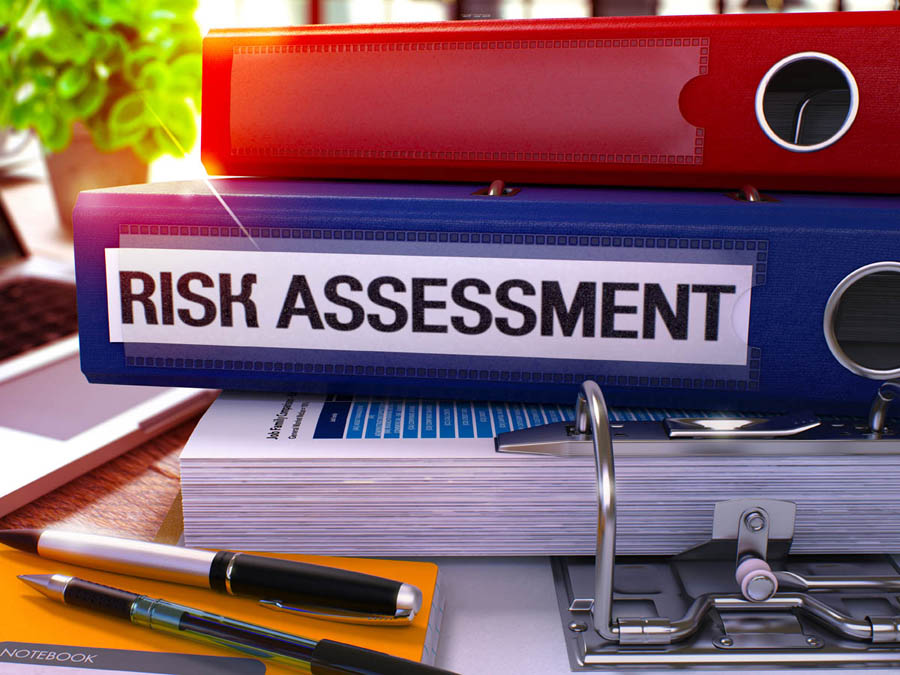There is absolutely no doubt whatever that the risk of fire in non-domestic properties in England is serious. According to Home Office statistics, in the year ended September 2020, Fire and Rescue Services attended 539,255 incidents, of which 153,324 were fires. They resulted in 229 fatalities.
The Regulatory Reform (Fire Safety) Order 2005 requires all non-domestic properties to have a “responsible person” in charge of fire safety, and especially in premises where people are employed. The responsible person is usually the employer but can also be a senior employee if the employer chooses to delegate the responsibility.
The responsible person is required by law to carry out a fire safety assessment of the premises and ensure that anything that needs to be done is attended to. This could be one of many different things depending upon the condition of the building, the use of the premises, materials used in the course of the business, fire alarm systems, fire-fighting equipment, escape routes, and more. If the business employs more than five people, it is also a requirement that a written record of the fire safety assessment and any resultant actions is kept.
It is also a requirement that the fire safety assessment be reviewed “regularly”. Although this is not defined, it is usually taken to mean annually, and it must also be reviewed if changes are made to the building or to working practices. For example, a factory might install a new machine which could also affect the risk of fire, or the machine might mean moving others around and could lead to blocking what was previously an escape route.
It should be noted that failure to be compliant with the law can result in fines, and even prison sentences, and has done so in the past.
Furthermore, failure to comply could mean that in the event of a fire causing damage at best, and loss of life at worst, it may also result in an insurance company refusing to pay out if it was the result of the negligence of the responsible person. Compliance with the law is obviously critical from all points of view.
This also applies if you own a property that is vacant, in the same way as if the building was occupied. If you have a vacant property, ensuring that it is kept safe is the best way to ensure that you can sell or let the property. If you can show that you are compliant with all aspects of health and fire safety, it will be more appealing to potential new owners or renters.
Ensuring that you have proper fire security measures in place will help to protect your empty property. According to Home Office estimates, there are some 60 fires a day occurring in or beside vacant or derelict properties in the UK. Empty properties run far more risk of vandalism, arson, criminal damage, and theft. At best this means an increase in claims which in turn results in an increase in insurance premiums. At worst, the insurance company may refuse to pay if the building is not compliant with the law.
If you own an empty property, a fully working fire alarm system can still alert neighbours and it may be possible for the fire service to extinguish the fire before it takes hold. A monitored system will alert the fire service in any case.
Emergency lighting is another consideration. This can help if the main lighting is lost and will help fire fighters to find their way around. It also shows prospective purchasers or tenants that you care about the building. You might also want to install security lighting with motion detectors that will help to deter trespassers.
Whether you own a business or an empty property, at UK-FireRisk Assessments we can help you with a building fire risk assessment in Greater Manchester. We can advise you of any steps that need to be taken with regard to an empty building, and we will also provide you with a written report which will keep you compliant with the law. This is essential whether you are an employer or a building owner.

